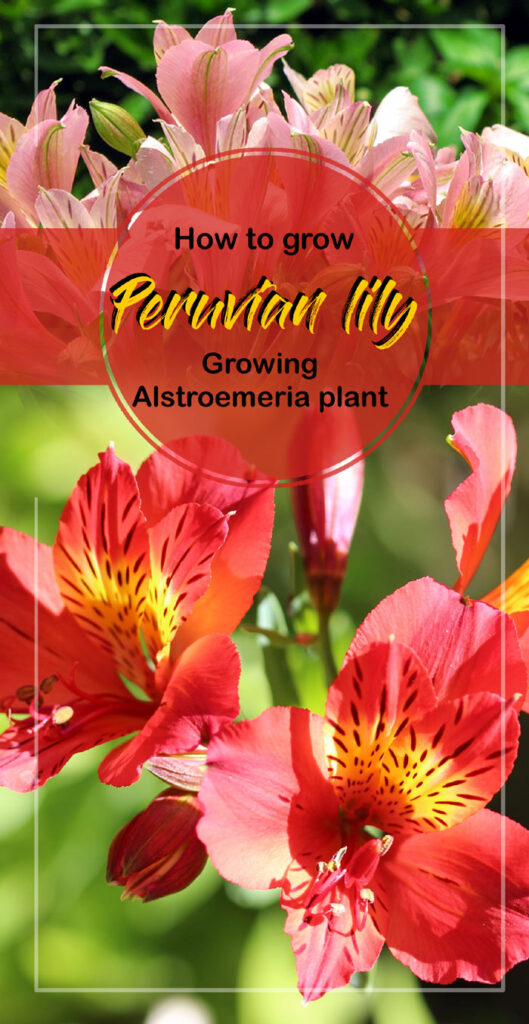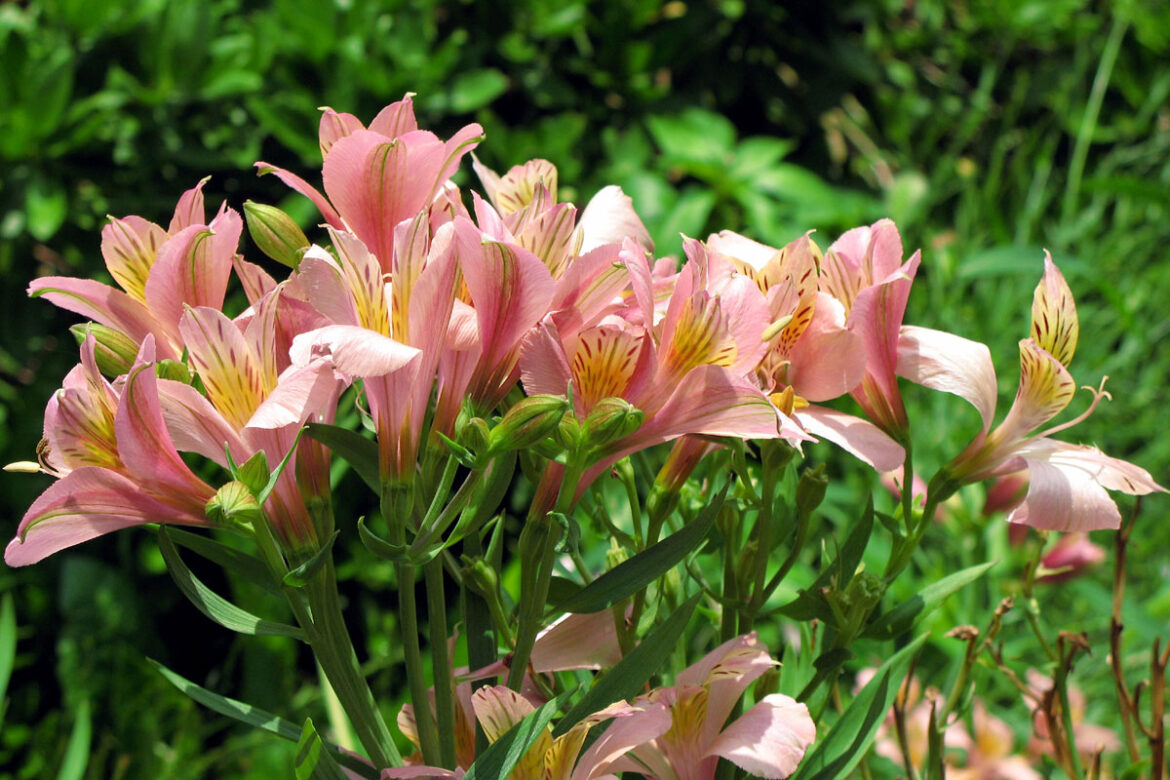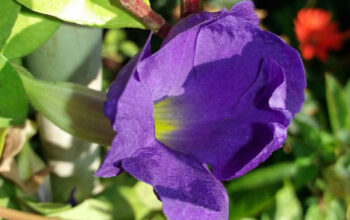Peruvian lily (Alstroemeria)
In the family Alstroemeriaceae, Alstroemeria is a genus of flowering plants, commonly called the peruvian lily or the lily of the Incas. While they originate from South America, many have become naturalized in the United States, Mexico, Australia, New Zealand, Madeira, and the Canary Islands. The diversity of species is almost exclusive to two distinct areas of Chile and Brazil, one in the center and the other in the east.
Tubers form the basis of plants in this genus. Various species produce either fertile or sterile stems. The fertile stems of some species reach 1.5 meters high. These plants have a variety of leaf shapes and smooth blade edges. They have solitary or umbelled flowers. There are six petals, each measuring five centimeters in length. Their colors range from red to orange to purple to green to white flecked with darker colors and streaked with stripes.
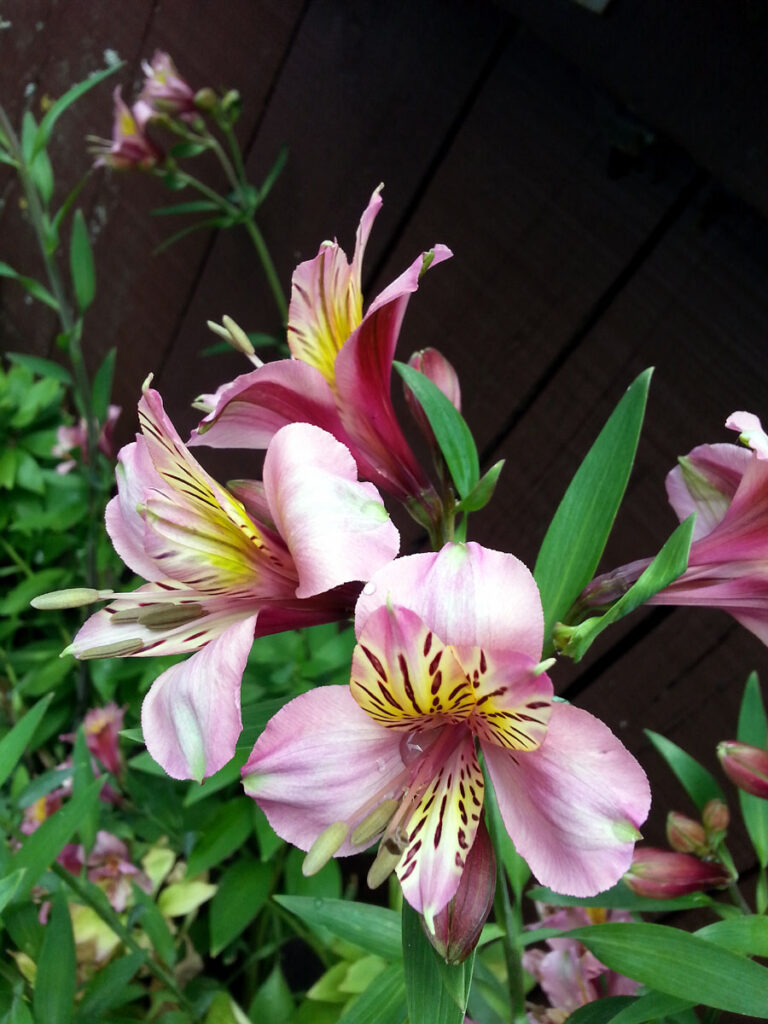
Overview peruvian lily
Scientific Name Alstroemeria
Common Name Peruvian lily, lily of the Incas
Plant Type Flowering plant
Sun Full Sun, part sun
Soil Moist fertile, well-drained soil
Soil pH Slightly acidic
Flower Color Orange, Purple, Yellow, Pink, White and Red
Bloom time Spring, winter
Zone 7- 10 (USDA)
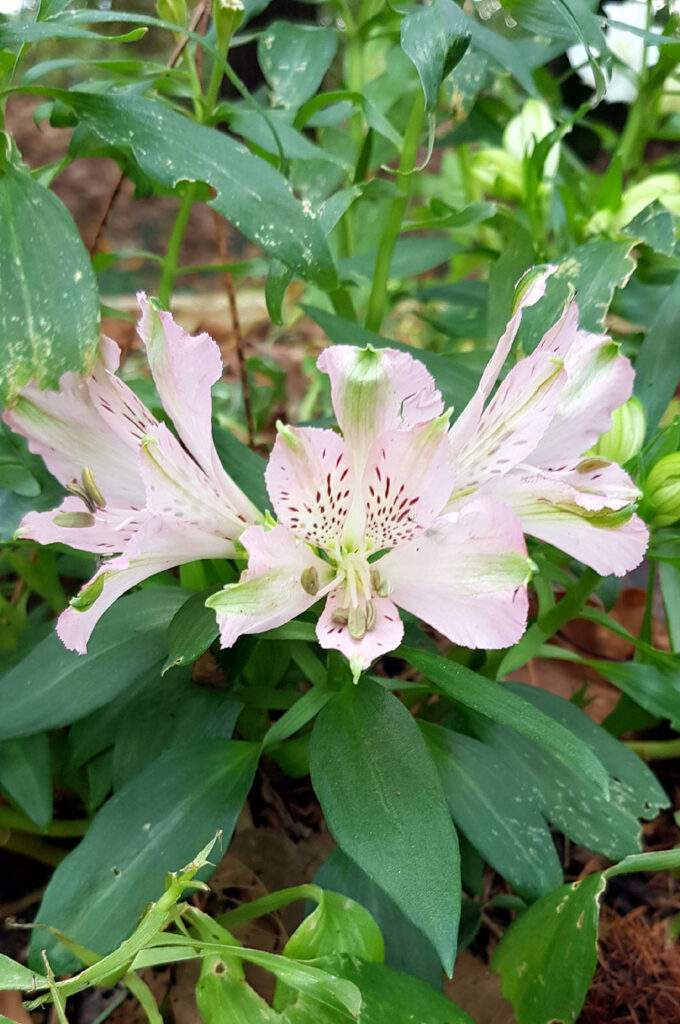
How to Grow and Care Peruvian Lily
The Peruvian lily should be planted after all frost dangers have passed in spring. Plants grown from bare roots often do not bloom until the second year, but moderately fast-growing varieties often bloom in the first year.
Growing from seeds
For best results, place the seeds in damp peat moss, seal them in a Ziploc bag, and place them in the refrigerator for three weeks. After the Peruvian Lily seed has been cold-treated, plant it in 3-inch pots with 3–4 seeds per pot, lightly covering the seeds with soil. Keep the pots at 70°F during germination. Put the container in a location where it gets ample sunlight to grow into a mature plant. Once two sets of true leaves have formed on the seedlings, they are ready to be planted in the garden. Transplanting out of pots can be tricky, as these plants dislike having their roots disturbed when they’re young. Plant the seedlings 8 inches apart in your garden. Plants will not bloom for two years or even longer.
Growing from cuttings
The easiest and most reliable way to propagate Peruvian lilies is by dividing the tuberous roots. It is best to divide tubers of Peruvian lilies in early spring before new growth begins. Dig an inch or two around the clump you wish to divide with a shovel. The entire clump should be lifted off the ground, and the excess soil should be brushed off carefully. Be careful not to break the fragile roots. Divide your clumps so that each clump contains three to five tubers. The tubers should be placed over a mound of dirt in the center of the hole and covered with about 2 inches of soil.
Sunlight
Growing them in full sun is recommended, except in hot summer climates where they are fine with a little shade. Typically, Peruvian lilies will flower most abundantly when exposed to six to eight hours of sunlight daily.
Soil
Alstroemeria prefers moist soil that has been amended with plenty of organic matter (compost, well-rotted manure). Although they grow well in most typical garden soils, Peruvian lilies do best in raised beds. They prefer a slightly acidic pH.
Watering
Peruvian lilies need moisture, particularly in the summer as temperatures rise. Provide them with at least one inch of water per week, or whenever you feel the soil is dry. Once the plant becomes established, the amount of water it requires can decrease.
Temperature and Humidity
Ideally, the temperature should be between 65 and 80 degrees Fahrenheit for alstroemeria. A temperature above 90°F can cause the plants to produce blind stems, or leaves without flowers. There must be sufficient spacing between plants in humid climates to allow air to circulate, which will help keep spores of fungal diseases like botrytis away.
Fertilizer
Established alstroemeria should be fertilized in late winter or early spring when the plants begin to grow. Make sure your fertilizer is all-purpose, water-soluble, and contains both nitrogen and phosphorus. Plants like these thrive when given balanced 6-6-6 fertilizer throughout the year. Maintaining the productivity of your Peruvian lilies in the garden will require regular feeding. Fertility can also be enhanced by using organic additives like manure and compost tea.
Pruning
Peruvian lilies should be cut back after they bloom in order to prevent them from producing seeds. If plants are spread too widely, removing the least productive stems will encourage the growth of young plants that have formed tubers.
Read also:
Growing and caring for Rutabaga. Growing Peace lily at home. How to grow Sugar cane at home. Ice plants growing and caring guide. How to grow Z Z plants. Aloe black beauty grows and care. Calla lily growing and care tips. Gloriosa Lily (Gloriosa superba) growing guide.
For Pin:
